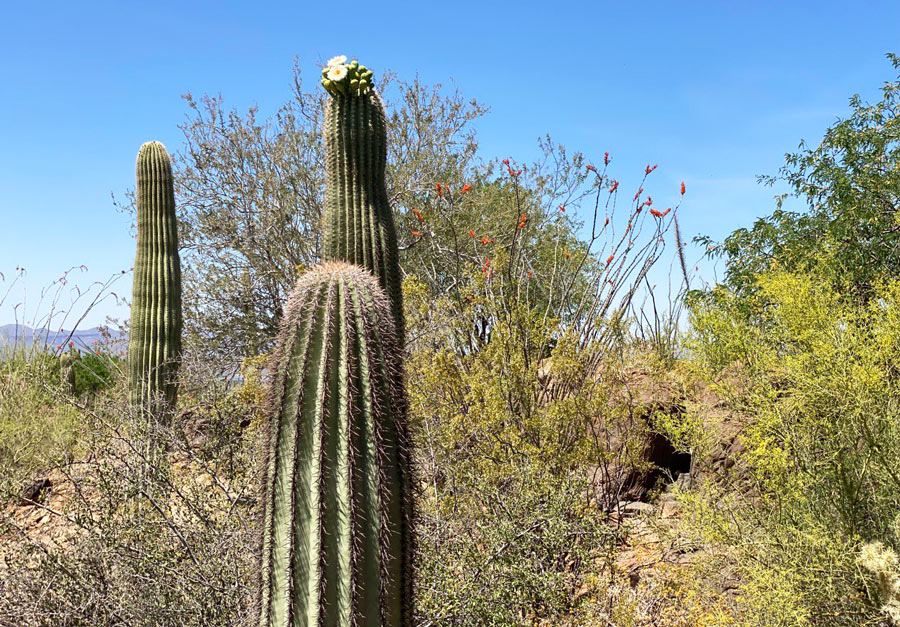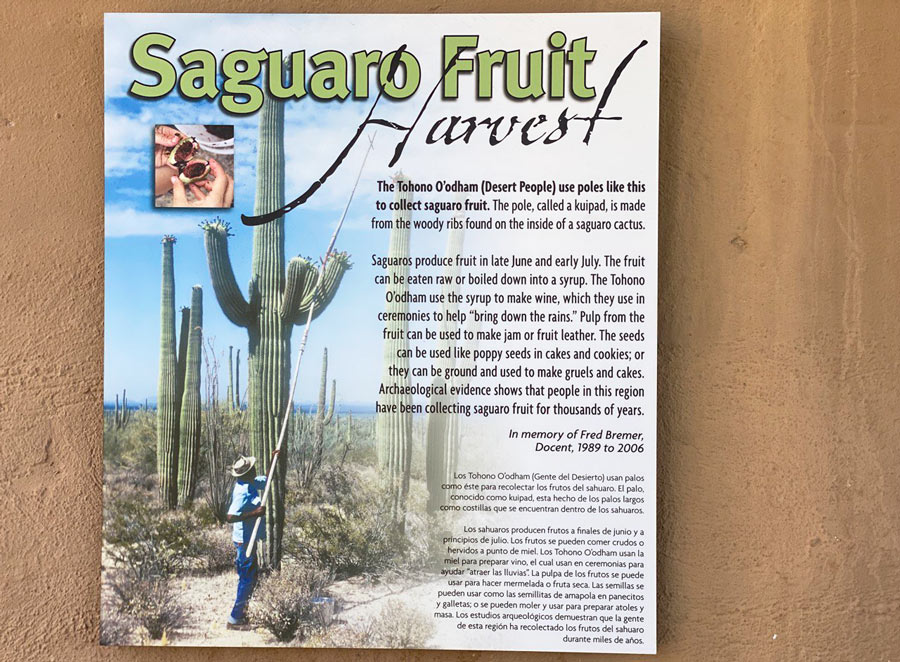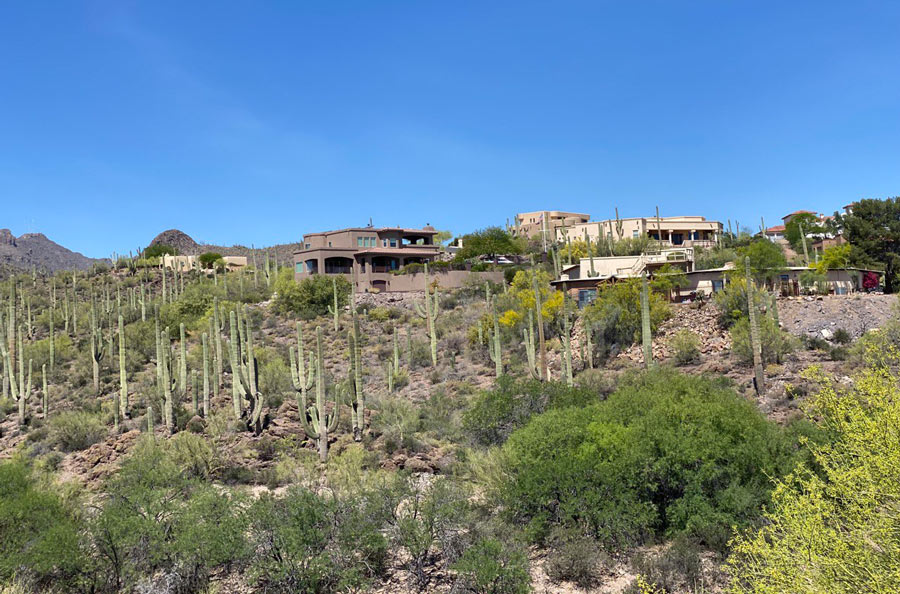Join us on a journey into the hidden world of the illegal cactus trade, where beauty and danger intertwine, threatening the future of these unique and captivating plants.
Discover the enchanting world of the Cedros Island live-forever, a succulent known for its adorable appearance. With sweet, chubby leaves and a powdered sugar-like coating, this plant resembles a delicate rose. Native to the misty cliffs of Isla de Cedros in Mexico, these elusive plants can only be found after a long hike or a daring boat or helicopter ride.
However, the allure of these unique plants has led to a rise in cactus heists. In one instance, a van carrying a small number of D. pachyphytum plants was stopped at a checkpoint in Baja. Not long after, a massive tractor-trailer was discovered with thousands of these prized succulents inside. This wasn’t an isolated incident, as other attempts to steal Cedros Island cacti have occurred, including a shipment of plants disguised as harmless packages.
But it’s not just the Cedros Island cacti that are targeted. Even the iconic saguaro cactus, resembling an outlaw with its raised hands, has fallen victim to theft. Saguaro National Park has gone so far as to microchip their most accessible saguaros to deter thieves. Other incidents involve rappelling down cliffs to harvest rare cacti and even an international police investigation resulting in the seizure of valuable and scarce cacti.
Jared Margulies, a geography professor at the University of Alabama, sheds light on this illicit succulent trade in his newly published book, “The Cactus Hunters: Desire and Extinction in the Illicit Succulent Trade.” Margulies explores the international community of cactus hunters and enthusiasts, delving into the appeal and danger surrounding these rare plants.
Not all cacti fit the stereotypical image of being cute or iconic. Some are bizarrely shaped, resembling sea anemones or phalluses, while others bloom in vibrant shades of blue and white. Margulies reveals how the rarity of these plants only increases their desirability among collectors, ultimately leading to their demise.

Collectors, much like hunters, often consider themselves conservationists. In the book, it is revealed that Czech collectors have gained a notorious reputation for their trade in new species. A scientist once estimated that there are twenty Czech collectors for every Mexican researcher in the field. The Czech collector A.V. Frič, known for his passion for cacti, played a significant role in introducing various species to the country. However, his efforts were met with tragedy during World War II when his greenhouses were unable to be heated, resulting in the death of thousands of cacti. Frič himself later succumbed to tetanus from a rusty nail. Despite these setbacks, his influence is still evident in Czech greenhouses today.
In the author’s encounters with major Czech smuggler Švejk, he discovers the intriguing story of Švejk’s fascination with cacti. Starting at a young age, Švejk’s passion for cacti grew, influenced in part by the characters in books by Karl May. Švejk’s dreams of traveling to Mexico were postponed due to military service and political circumstances, but he eventually visited after the Velvet Revolution in 1989. Although he became involved in smuggling, he also contributed to the description of new cactus species.
Throughout the book, the author engages in conversations with smugglers, conservationists, researchers, and collectors to gain a deeper understanding of the complexities of preserving vulnerable cacti. During a trip to Brazil, they come across a critically endangered cactus called Uebelmannia buiningii. In a surprising turn, the local guide suggests that keeping the species unknown is the best way to protect it.
Illegal seed harvesting is a common practice among cactus smugglers, but some argue that it is necessary to discourage poaching. Even conservationists and scientists contemplate legalizing seed harvesting for its potential benefits. The author learns of Czech collectors who stole a small number of seeds and rapidly generated more by grafting them onto other species. However, allegations arise that the number of stolen plants was much higher than initially suspected. It is undeniable that money is a driving factor for some smugglers.

In conclusion, this book delves into the intricate world of cactus smuggling, shedding light on the perspectives and motivations of collectors, conservationists, and researchers. The author grapples with the question of what is truly best for the preservation of these unique and vulnerable plants. Whether nurtured in a greenhouse or thriving in the wild, each cactus boasts its own unique charm. Intriguingly, some enthusiasts actually prefer the irregular and untamed appearance of wild cacti.
Margulies explores the topic of desire in depth in his book, although it may not always pertain directly to cacti or plants as a whole. While some readers may find these descriptions overwhelming, there are moments where he incorporates the ideas of theorists, adding a precise and poetic touch to the text.
Helia Bravo Hollis, a renowned Mexican botanist, is known as the pioneer of modern cactus research. Despite being urged to pursue medicine after her father’s death during the Mexican Revolution, she chose to become a biologist. She became the first officially certified biologist in Mexico and dedicated her studies to the country’s unique cacti, which include over seven hundred species found nowhere else. Bravo Hollis spent her life as a devoted explorer, documenting and learning about cacti until the age of ninety, when arthritis prevented her from continuing her fieldwork. Interestingly, her curiosity as a scientist, whether amateur or professional, may be more captivating than that of a collector of curiosities. Shortly before her passing at the remarkable age of ninety-nine, Bravo Hollis shared her perspective on death, viewing it simply as a biological phenomenon.
